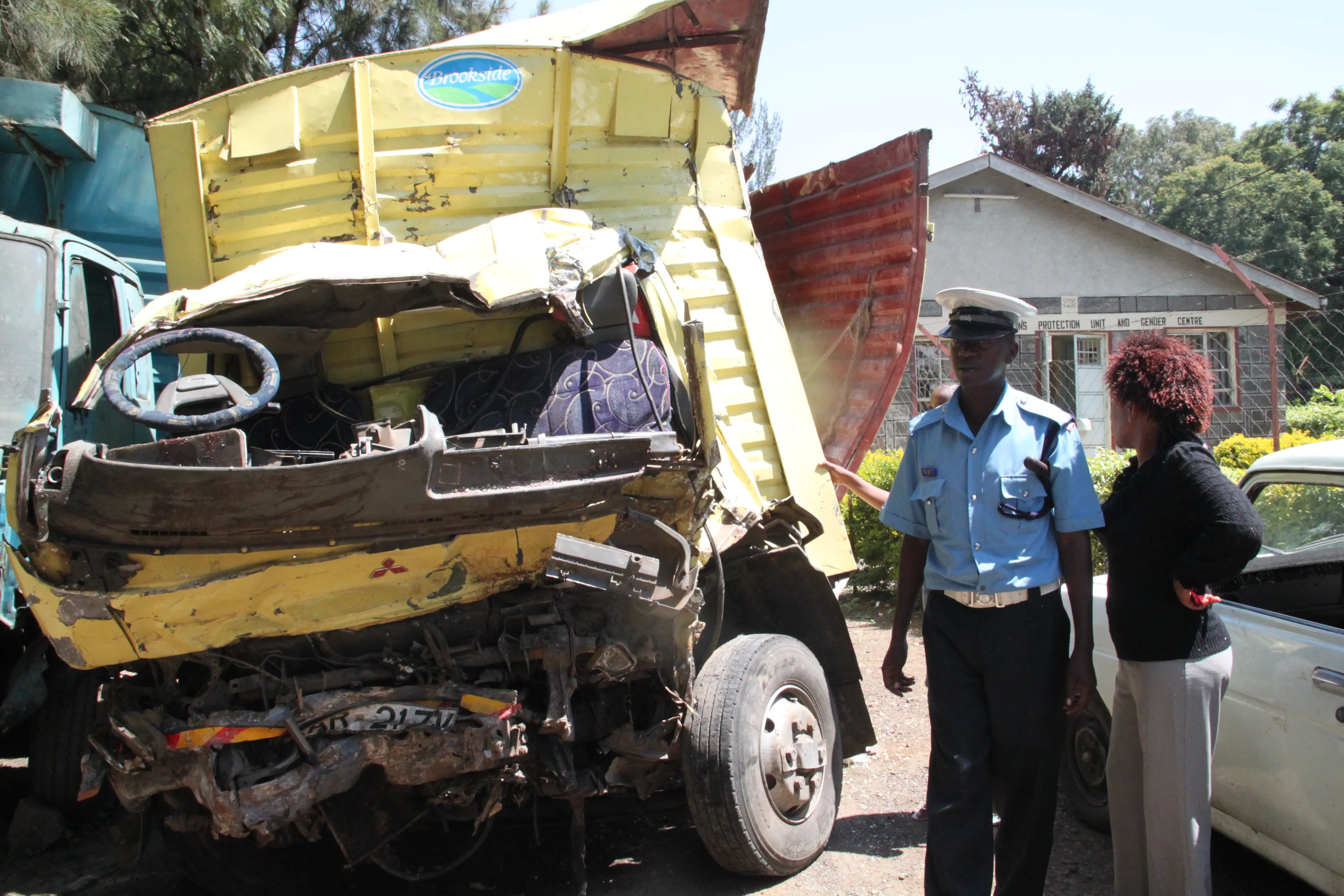New data shows a continued improvement in road safety in Europe, with a reduction in fatalities in 2012 compared with the previous year. The information shows that there were 2,661 fewer road deaths in the EU during 2012 than in 2011. This shows countries are on track with the aim of lowering the fatality rate by half between 2010 and 2020. Over the first two years of the 2010-2020 target the EU nations reduced road deaths by 11%, 600 deaths short of the number that would have been needed to reach the EU ta
July 3, 2013
Read time: 3 mins
New data shows a continued improvement in road safety in Europe, with a reduction in fatalities in 2012 compared with the previous year. The information shows that there were 2,661 fewer road deaths in the 3287 EU during 2012 than in 2011. This shows countries are on track with the aim of lowering the fatality rate by half between 2010 and 2020. Over the first two years of the 2010-2020 target the EU nations reduced road deaths by 11%, 600 deaths short of the number that would have been needed to reach the EU target through constant annual reductions. “We estimated the societal savings of the 2012 progress at €5 billion, showing the high savings potential held by investing in road safety measures,” said Antonio Avenoso, executive director of the 1197 European Transport Safety Council (ETSC). The latest publication of the PIN programme was presented during ETSC's 7th annual PIN Conference. The 2013 PIN Award was presented to Denmark for its outstanding efforts to improve road safety.
“Twenty-seven of the 31 countries we monitor have reduced the number of road deaths in 2012 compared with 2011. This is certainly a welcome contrast to the 2% reduction in 2011. Moreover, several countries have put themselves in the position where, provided their progress is maintained, they are on track to halve road deaths between 2010 and 2020. Malta, Denmark, Norway and Spain lead the pack in combined reductions since the beginning of the new target period,” said Professor Richard Allsop, chairman of the Road Safety PIN Programme. “Moreover, we must supplement our efforts to reduce the numbers of deaths with work on seriously injured road casualties,” he added. His presentation was followed by a panel debate focused on the efforts of the2465 European Commission and the Member States to improve the reporting of data as a first step towards a strategy to tackle serious injuries.
The following sessions of the PIN Conference covered the topics addressed in the 7th Annual PIN Report. “While progress has certainly been done in reducing the number of deaths in collisions involving goods and passenger vehicles, our data shows that more needs to be done to address these. Road deaths in such collisions are most often not among the occupants of the goods or passengers vehicle, but other road users. As such, we believe that road deaths are, unfortunately, one of the externalities of road transport which are often overlooked,” said Mircea Steriu, ETSC communications manager.
Heather Ward, Co-chair of the PIN Programme discussed the issue of gender in road safety, showing that while males make up just 49% of the EU population, they account for 76% of road deaths, facing three times the death rate of females on EU roads.
“Twenty-seven of the 31 countries we monitor have reduced the number of road deaths in 2012 compared with 2011. This is certainly a welcome contrast to the 2% reduction in 2011. Moreover, several countries have put themselves in the position where, provided their progress is maintained, they are on track to halve road deaths between 2010 and 2020. Malta, Denmark, Norway and Spain lead the pack in combined reductions since the beginning of the new target period,” said Professor Richard Allsop, chairman of the Road Safety PIN Programme. “Moreover, we must supplement our efforts to reduce the numbers of deaths with work on seriously injured road casualties,” he added. His presentation was followed by a panel debate focused on the efforts of the
The following sessions of the PIN Conference covered the topics addressed in the 7th Annual PIN Report. “While progress has certainly been done in reducing the number of deaths in collisions involving goods and passenger vehicles, our data shows that more needs to be done to address these. Road deaths in such collisions are most often not among the occupants of the goods or passengers vehicle, but other road users. As such, we believe that road deaths are, unfortunately, one of the externalities of road transport which are often overlooked,” said Mircea Steriu, ETSC communications manager.
Heather Ward, Co-chair of the PIN Programme discussed the issue of gender in road safety, showing that while males make up just 49% of the EU population, they account for 76% of road deaths, facing three times the death rate of females on EU roads.







